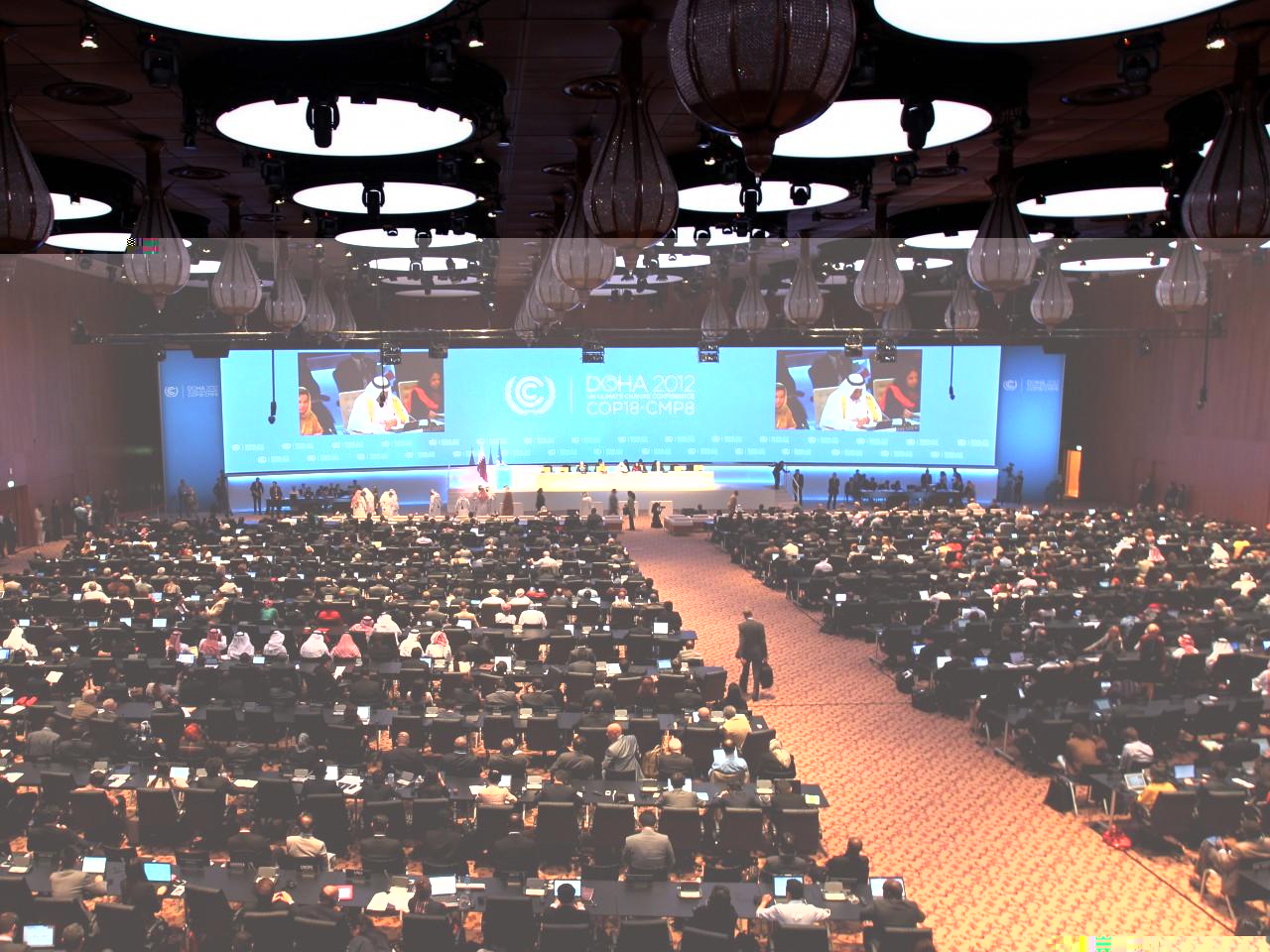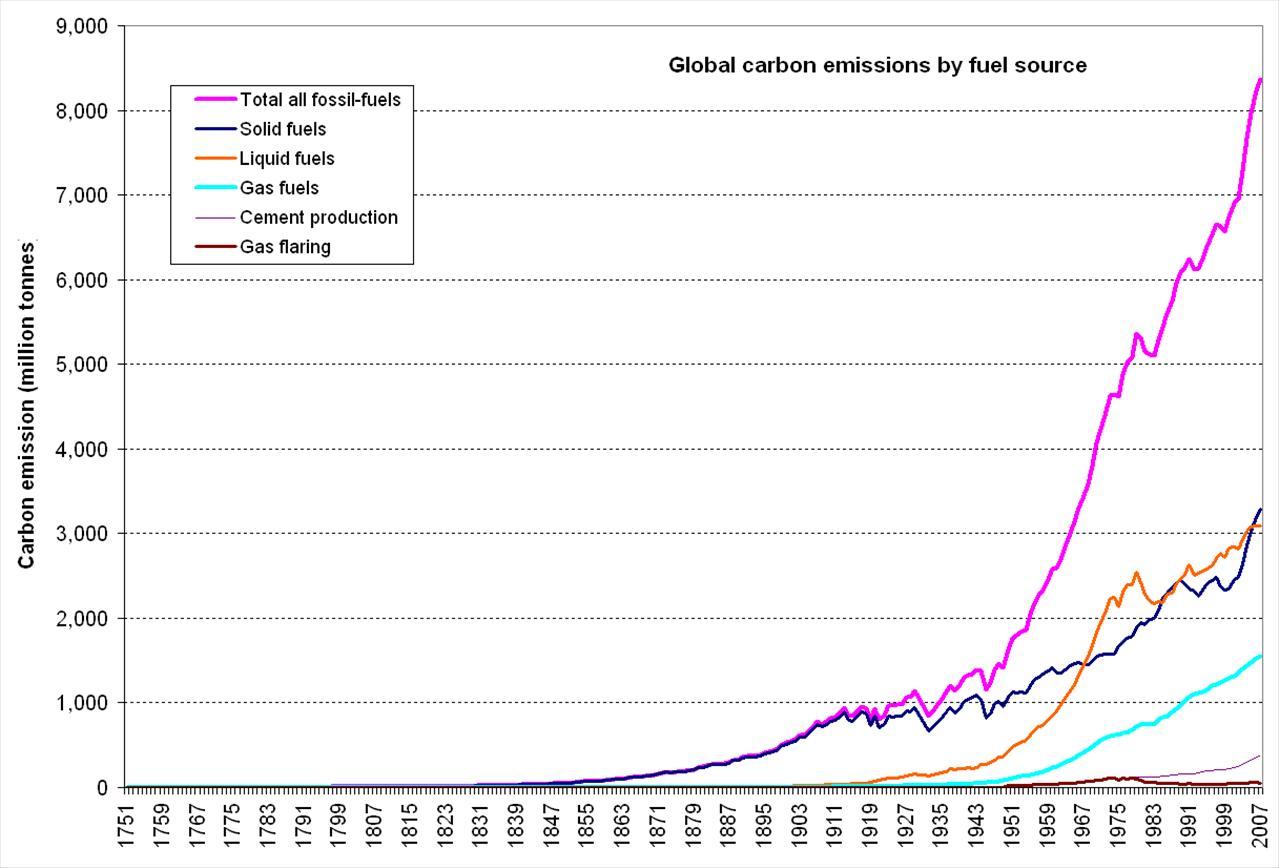Letting it burn
The 2012 U.N. climate talks accomplish little
Global warming is no longer a whispered fear but a looming inevitability. According to the Global Carbon Project report released on Dec. 3, carbon dioxide emissions from fossil fuels rose 3 percent last year and will likely grow another 2.6 percent by the end of 2012 for a record high of 35.6 billion tons. These numbers pose a serious threat to the environment. According to the American Institute of Physics, the resulting increase in global temperature means a major rise in droughts, sea levels and the ocean's acidity. Indeed, the Intergovernmental Panel on Climate Change (IPCC) estimates that if the global average temperature rises 3.5 degrees Celsius above the 1980 through 1999 average temperature, 40 to 70 percent of species assessed by the IPCC will become extinct.
These grim conditions set the stage as 17,000 dignitaries and heads of state from around the world met in Doha, Qatar to discuss the world's fate. The 2012 United Nations (U.N.) Climate Change Conference, an annual session where delegates meet to address the growing threat of global warming, took place from Nov. 26 to Dec. 8. But despite two weeks of tense bickering, blaming and defending, world leaders failed to come up with an effective approach to the very real problem. Instead, the 2012 conference recycled ineffective resolutions from past conferences and put off actual decision-making for a later date, a hesitation inappropriate for the severity of the issue.The major outcome of the conference was an extension until 2020 of the Kyoto Protocol, originally set to expire this year. The Protocol is a legally binding commitment by participating countries to cut their fossil fuel emissions by 5.2 percent below their emissions in 1990. However, despite the Protocol's existence for 20 years now, emissions in 2011 were 54 percent higher than in 1990.
This major failure was because the Kyoto Protocol only targeted a handful of countries, none of which were developing countries producing the majority of the world's greenhouse gas emissions. In fact, air quality management organization Clean Air Asia reported on Dec. 5 that 70 percent of the 300 cities reviewed in the region, many in China, India, Bangladesh and Mongolia, went over even the most lenient pollution limits set by the World Health Organization. Instead of targeting these areas as well as other major polluting countries like the US, the Kyoto Protocol only included the European Union, Norway, Switzerland and a few other countries. The Protocol reestablished this year includes even fewer countries, now targeting only 15 percent of the world's emissions, making it a "solution" that doesn't solve anything.Perhaps the conference attendees were aware of this, because they agreed to adopt a new plan in 2015 to limit climate change, to be implemented in 2020 when the Kyoto Protocol expires. But this gesture is simply putting off making a decision for another three years when it's clear that, with carbon dioxide emissions increasing 3 percent and the earth's temperature rising 0.2 degrees in a single year, there isn't that kind of time.
With 194 different countries represented at the 2012 conference, it is no wonder that so many disagreements are halting any significant progress. Therefore, rather than attempt to orchestrate a plan that every country will agree on, nations instead should work in smaller, region-specific groups of countries to develop agreements the different participants can actually uphold. Although working outside of the U.N. will cause nations to reduce fossil fuel emissions at different rates, individual agreements are far more likely to contribute to overall success in the long run.
As the world continues to develop technologically, it is imperative to remember the fragility of the ecosystems that so many organisms depend on and that, ultimately, when they go, so do we. Annual sessions filled with so many disagreements that there is little room for progress should not dictate how governments work to minimize a threat for everyone.
Tags: global warming Climate Change Conference Kyoto Treaty UN United Nations
Urvi Banerjee. More »
Comments
No comments.
Please ensure that all comments are mature and responsible; they will go through moderation.

